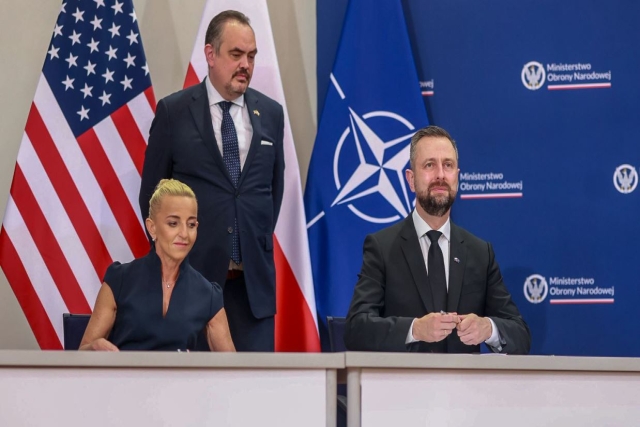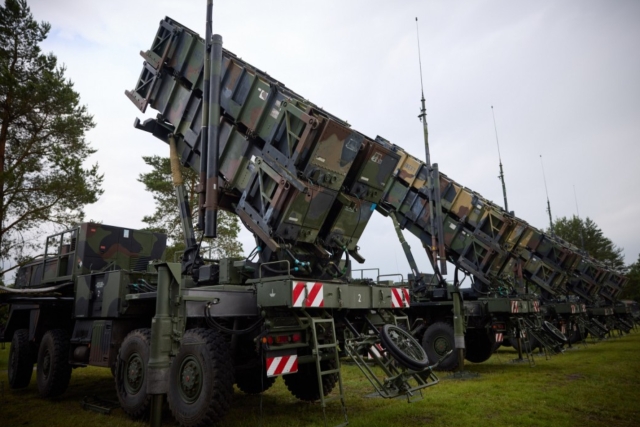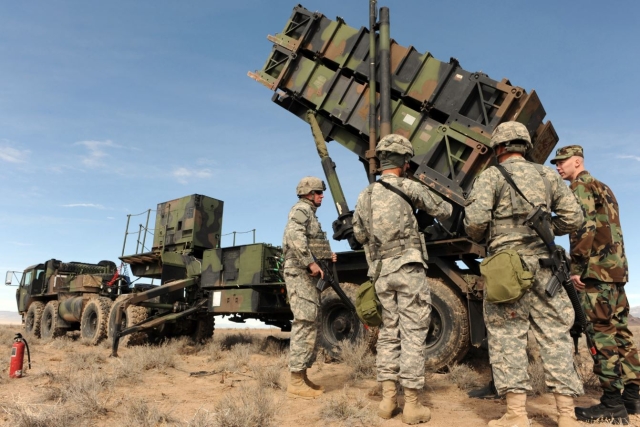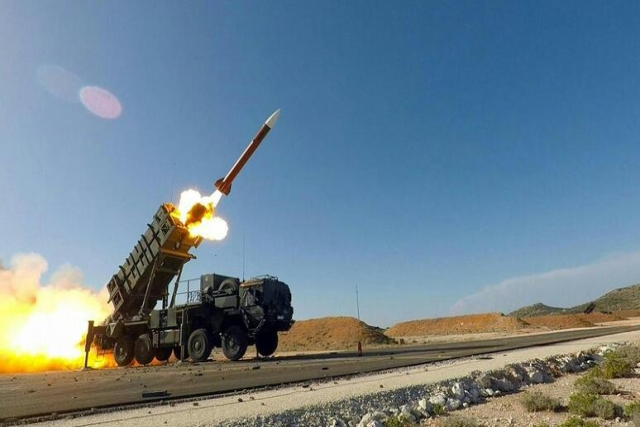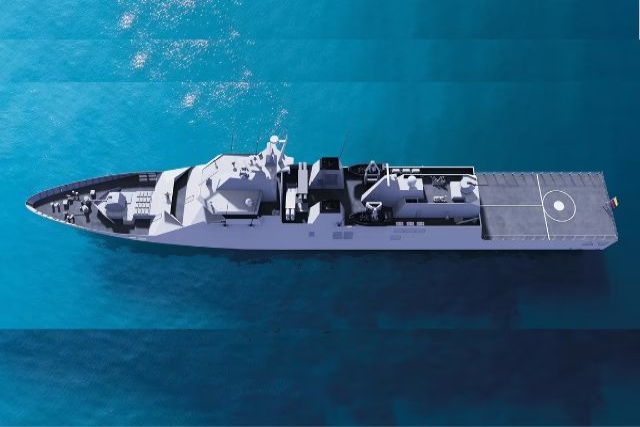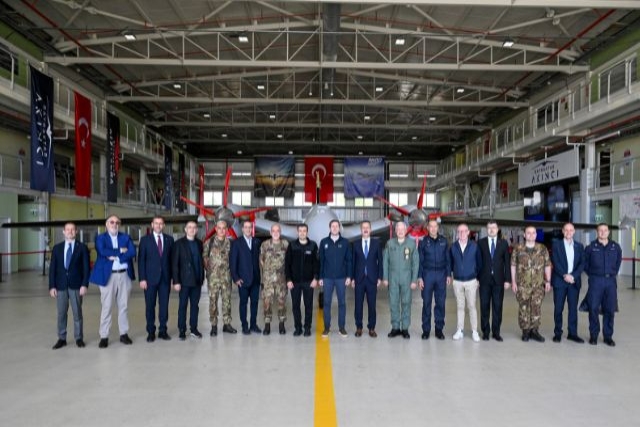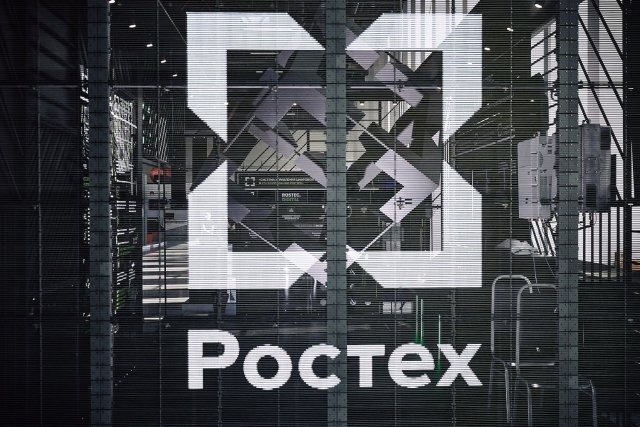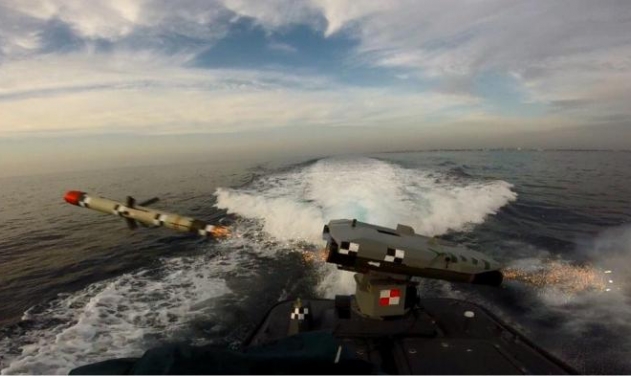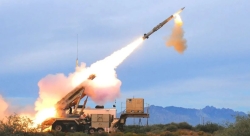U.S. to Resume Funding for New Patriot Interceptor Missile?
$152M allocated for development as Pentagon pushes rapid missile defense upgrades amid rising threats: Report
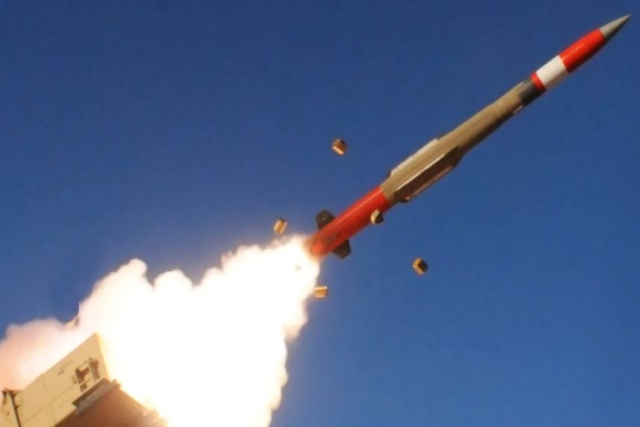
The United States has reportedly restarted funding for the development of a new interceptor missile for the Patriot air defense system, reversing last year’s halt by the Biden administration.
According to defense analyst Colby Badhwar, who cited a U.S. Armed Forces budget document for fiscal year 2026, the Pentagon has allocated $152 million for research, development, testing, and evaluation under the Lower Tier Future Interceptor (LTFI) program.
The funding falls under the Total Effector Rapid Prototyping initiative, designed to speed up the creation of next-generation interceptor systems. The Pentagon described this as critical for strengthening U.S. missile defense, particularly the Golden Dome system.
Lockheed Martin has been named as the primary contractor for the new interceptor, which is intended to replace the MIM-104F MSE currently in service. Raytheon, which previously took part in the LTFI program, is expected to return to the project.
The companies are also preparing upgrades for the existing PAC-3 missile stockpile. Pentagon officials noted that the demand for specialized interceptor missiles has grown due to the threat of missile attacks on European countries.
In addition, Lockheed Martin is working to integrate Patriot interceptors onto U.S. Navy ships as a more cost-efficient option compared to the Standard Missile series. The Navy plans to allocate $416 million in June 2025 for integration with the Aegis Combat System, covering software development, system integration, and live-fire testing.
The Pentagon is targeting late 2028 for the first full test of the new Golden Dome missile defense system. The test, codenamed FTI-X (Flight Test Integrated), will link sensors and interceptors in a single network to engage multiple targets simultaneously.
